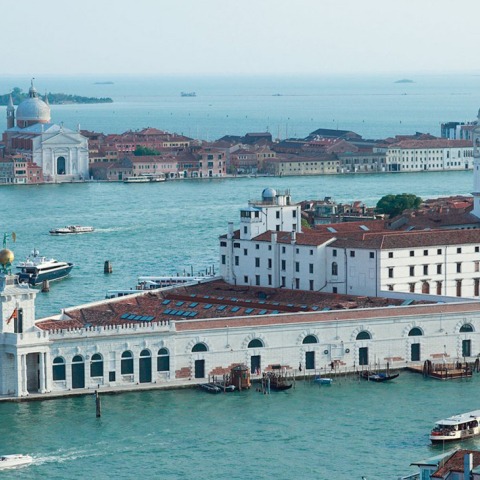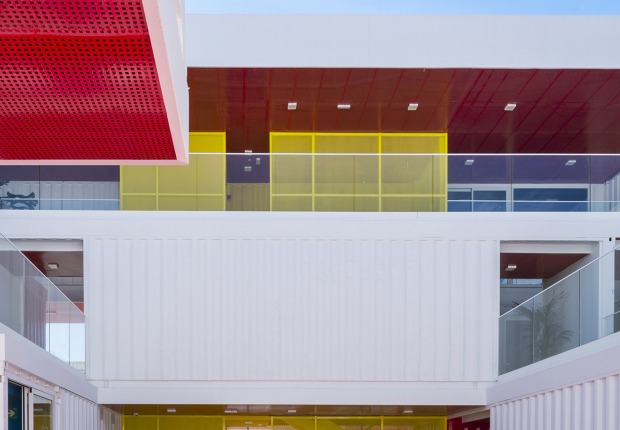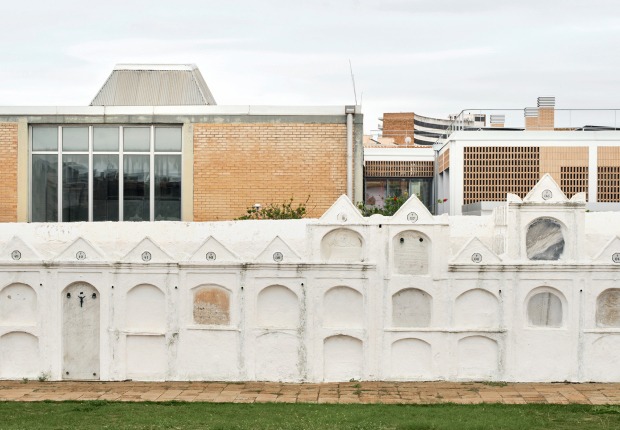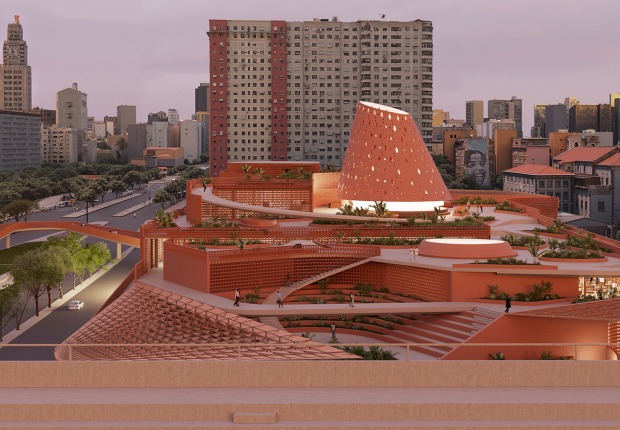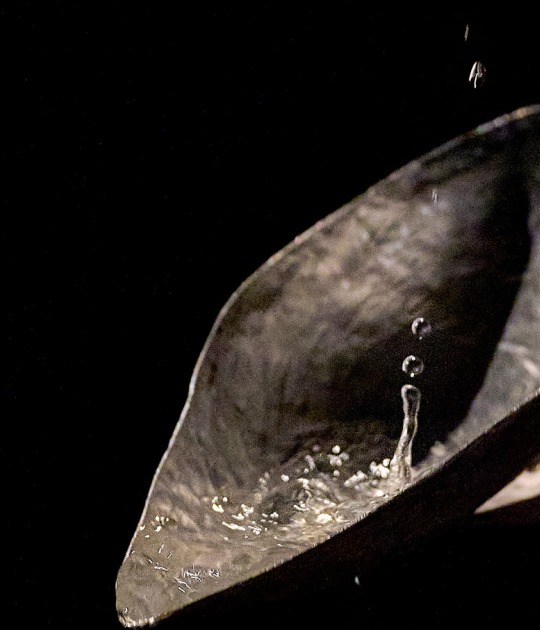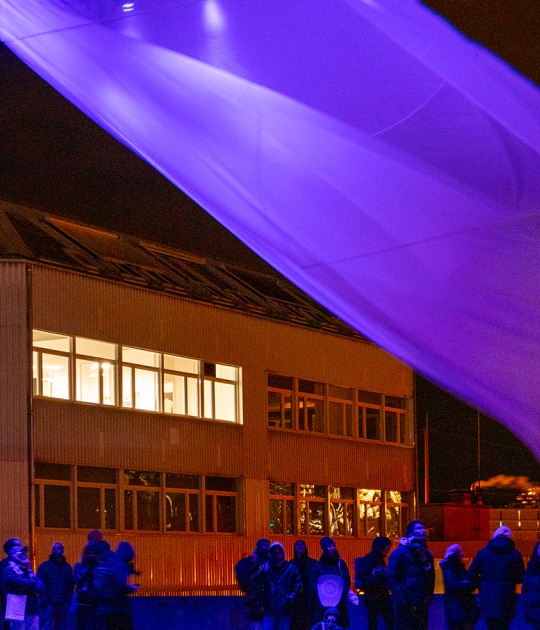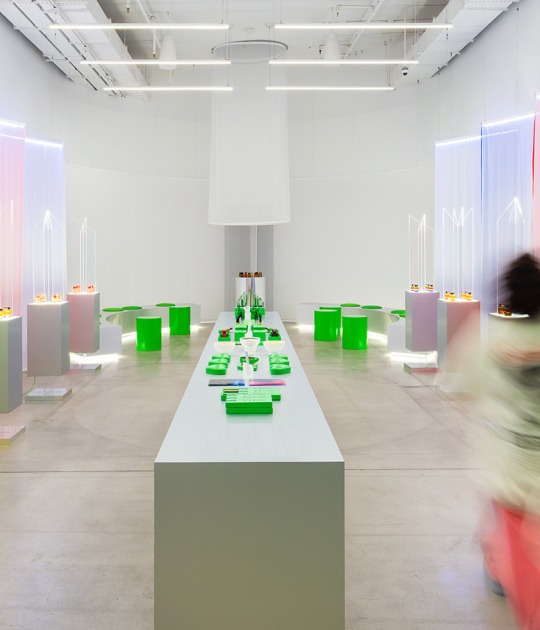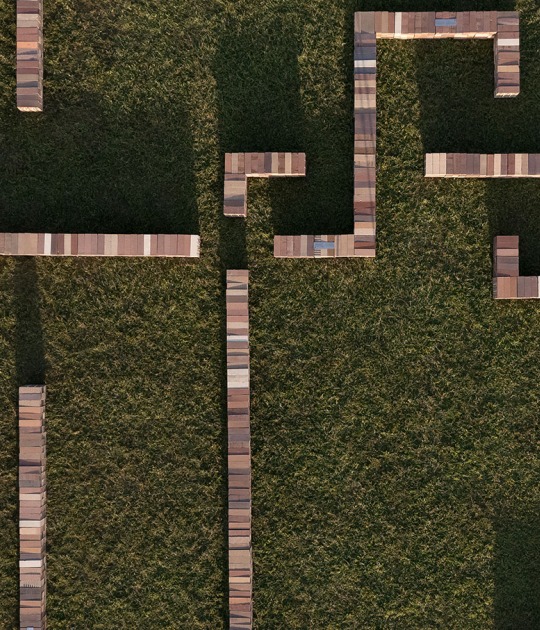Punta della Dogana building was designed in the 17th century by the Italian architect Giuseppe Benoni as a customhouse, and small renovations took place until in 2006. Following the trend of rehabilitating old industrial buildings in the city of Venice such as the Arsenale, home of Architecture Biennale, a competition for its remodeling was called, to which international architects as Zaha Hadid, who was in charge of the Guggenheim Foundation project, presented themselves.
At first, Ando thought of creating two columns to flank the entrance to the building, but during the project phase, he realized that urban infrastructures and telephone lines passed right under the museum, forcing him to abandon that first idea. After that, Ando's intervention was tremendously respectful with the pre-existing building, which he freed from the aggregates that in the years after its construction was adhered to the original volume, trying to recover the image of Benoni's project.
'Renovation projects for old buildings generally do not proceed as planned. However, I make my architecture in the belief that it is precisely the collisions and frictions arising between new and old that provide the motive power for creating the future of the city'.
Once inside the building, Ando's proposal recovered the original layout of the building, consisting of nine strips perpendicular to the Grand Venetian Canal and parallel to each other, which progressively adapt their size to the building's triangular shape. The only part that was not in the original project that Ando kept was the square space in the center of the building. Ando introduced in this space a large reinforced concrete cube the width of two strips that serves as the organizing nexus of the building.
Other specific parts of the building were restored, standing out the introduction of concrete on the ground floor, the linoleum on the first floor, and the masegni, a stone traditionally used in the pavements of the city of Venice, inside the concrete volume. Also, twenty exterior metal doors and all the windows of the building were built expressly for the restoration of the Punta della Dogana.
Once the restoration of the Punta della Dogana building was completed, Ando, who had previously worked for François Pinault in the restoration of Palazzo Grassi also in Venice, would return to work hand in hand with the French billionaire in the rehabilitation of the old Bourse de Commerce from the 18th century in Paris, which would become the largest private art museum in France.
NOTES.-
2.- Ibidem (1), p. 302.
BIBLIOGRAPHY.-
- Pérez-Accino Marco, Berta / Martin Grau, Jorge / Bosch Reig, Ignacio. (2011). «Del comercio al arte: nuevos espacios para el arte contemporáneo». Valencia: Instituto Universitario de Restauración del Patrimonio de la Universitat Politècnica de València, Arché, nº 6, pp. 413-418.
